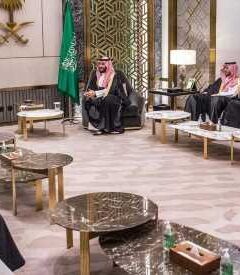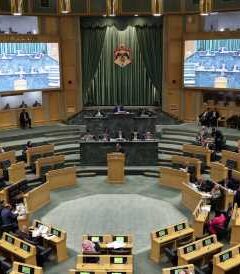Home » Middle East »
Iran nuclear crisis in 300 words
A landmark nuclear deal between Iran and world powers has in effect collapsed, almost five years after it was agreed. Here’s how it got to this point.
What did the deal do?
Iran has always insisted its nuclear programme is peaceful.
But suspicions it was being used as a cover to develop a nuclear bomb prompted the UN Security Council, US and EU to impose crippling sanctions from 2010.
In 2015, Iran reached a deal with six powers – the US, UK, France, China, Russia and Germany – that saw it limit its nuclear activities in return for sanctions relief.
The deal restricted Iran’s enrichment of uranium, which is used to make reactor fuel but also nuclear weapons. It was also required to redesign a heavy-water reactor being built, whose spent fuel would contain plutonium suitable for a bomb, and allow international inspections.
What led to its collapse?
First, US President Donald Trump abandoned the deal in May 2018 and reinstated US sanctions. He wanted a new deal that would also curb Iran’s ballistic missile programme and its involvement in regional conflicts.
Iran refused and saw the value of its currency plummet and its inflation rate soar as the sanctions took effect.
When the sanctions were tightened in May 2019, Iran stopped abiding by some deal commitments.
But it was in January 2020 that the deal completely fell apart.
Tensions escalated when US air strikes in Iraq killed Iran’s top military general Qasem Soleimani, and Iran responded with strikes on US troops in Iraq and accidentally brought down a Ukrainian passenger plane near Tehran.
Iran declared it would no longer abide by any of the restrictions imposed by the deal – including limitations on its enrichment of uranium.
France, Germany and the UK triggered a formal complaint over Iran’s violations of the deal’s terms.
Want to know more?
Source: Read Full Article



